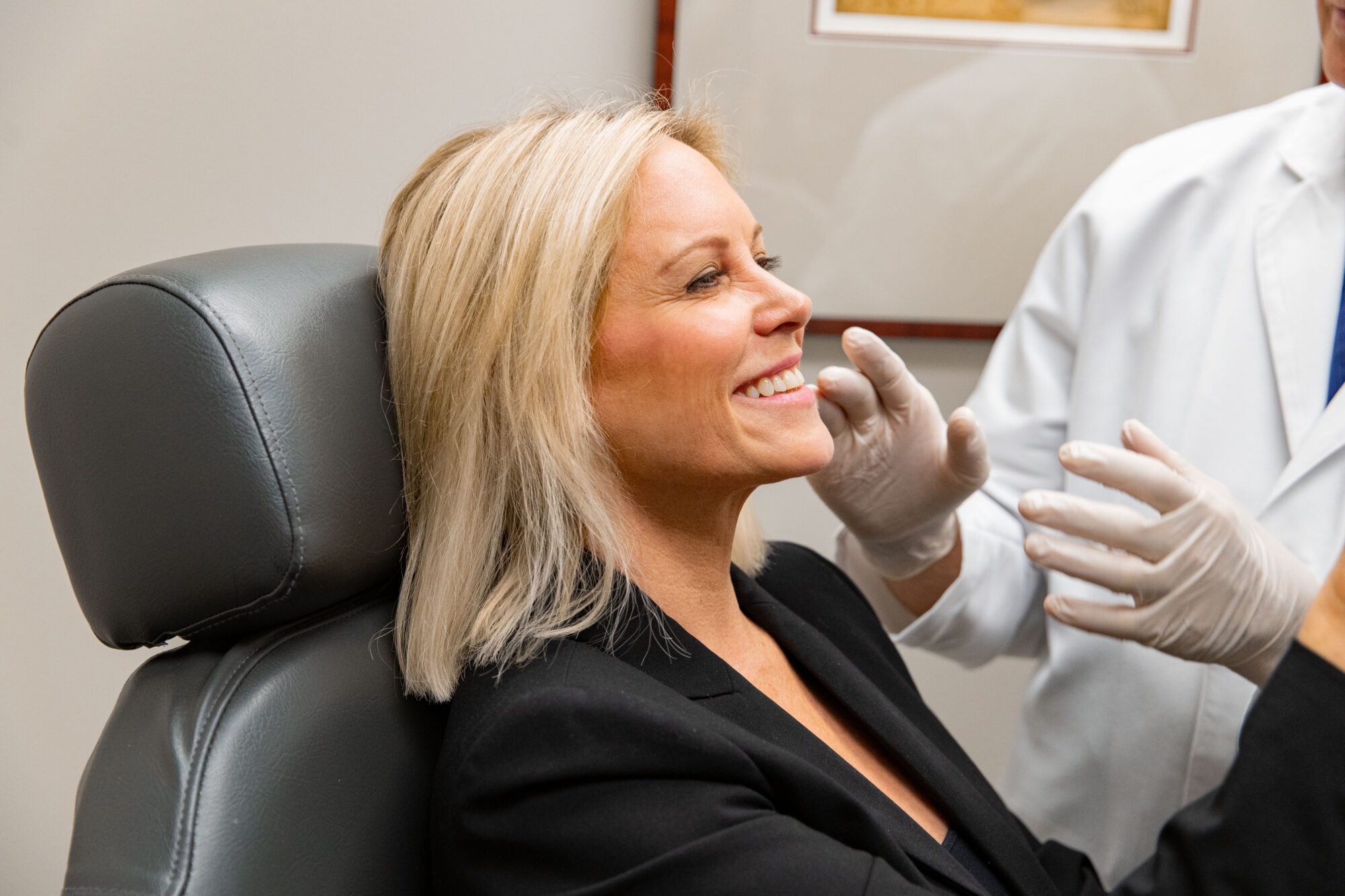Selfies may distort images by up to 30 percent, according to new research from Rutgers University New Jersey Medical School.
Researchers at the school have found that the close angle of selfies distorts images. This distortion has led to the development of low self-esteem and feelings of self-consciousness in some individuals.
It may also have caused a spike in plastic surgery and cosmetic procedures.
The study, performed in conjunction with Stanford University, used mathematical principles to break down how selfies can distort images. To test their theory, the researchers created models of the average male and female face based on sample images of ethnically and racially different individuals collected from around the United States.
These models included several mathematical planes that allowed researchers to measure the percent of distortion of an individual’s features caused by taking selfies from varying distances.
They found that when a selfie was taken 12 inches away from the face, the distortion created by the close distance caused the tip of the nose to appear 7 percent wider than the natural nose.
Researchers found that the close distance of selfies also distorted the base of the nose by as much as 30 percent when taken from 12 inches away.
The Rutgers team calculated that the ideal distance for “perfect” and accurate selfies to be 5 feet, which is also the standard distance for portraits.
The study concluded that selfies, while popular, create a “funhouse mirror” effect.
The Rutgers study authors fear that the distortion caused by selfies may cause an unnecessary spike in plastic surgery procedures.
A 2017 study by the American Academy of Facial Plastic and Reconstructive Surgery revealed that 55 percent of its member surgeons reported an increase in the number of patients who cited the desire to improve their appearance for selfies and social media.
Dr. Gregory W. Chernoff, F.R.C.S, is not surprised by the impact of selfies on plastic surgery.
Chernoff is a triple-board-certified facial, plastic and reconstructive surgeon practicing in Indianapolis, Indiana.
“If you’re not happy with a feature of your face and you take pictures of yourself and that feature repeatedly, you’re going to dwell on that feature. If that feature is distorted by the angle or proximity of your camera or smartphone, you’re going to focus on that feature and feel negative about it,” Chernoff said.
Selfies are just one factor in why people seek out plastic surgery and cosmetic procedures. Other reasons include a desire to look younger, compete in the work force and attract a romantic partner.
“There are a variety of reasons that motivate patients to seek out procedures, and each reason is very personal to that individual,” Chernoff said.
Whatever the reason, Americans are seeking plastic surgery in greater numbers than ever before.
In its new annual report, the American Society of Plastics Surgeons reveals that in 2017 there were 17.5 million facial and body procedures performed in the U.S, a 2 percent increase over 2016.
The statistics also show a higher demand for nonsurgical or noninvasive procedures such as Botox, skin-tightening treatments and dermal fillers.
More people than ever chose cellulite-reduction treatments in 2017, too, as the number of people seeking cellulite solutions increased by nearly 20 percent over 2016.
“As treatments are being improved or developed, more and more patients are seeking out new procedures to reshape, resculpt or rejuvenate their face or body,” Chernoff said.



